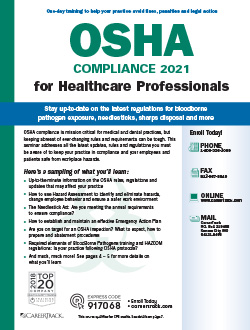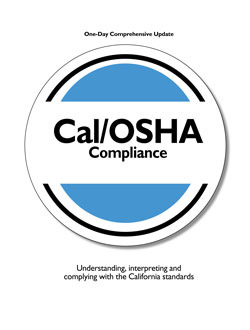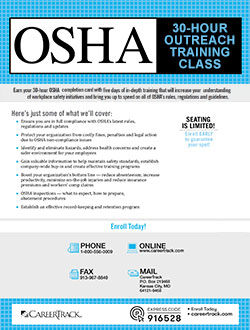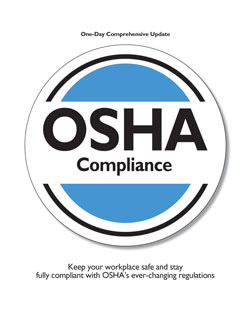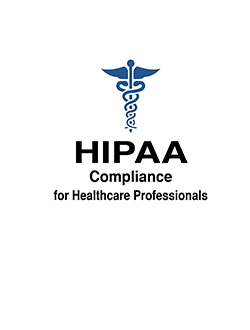Decrease Potentially Fatal Injuries with These Tips
Workers’ Deaths Due to Confined Space. It’s a lead news story heard several times a year. According to one report from the Bureau of Labor Statistics Census of Fatal Occupational Injuries, there is an average of two deaths each week due to confined spaces. Confined spaces create a potentially dangerous environment for those who interact within the space. This includes fatal injuries to highly-trained professionals who know the dangers that lurk within confined spaces.
The most common dangers are due to confinement, exposure to extreme temperatures or hazardous chemicals, lack of ventilation and oxygen, flammable substances or other unsafe conditions. It is important to recognize and identify confined spaces to improve awareness and initiate procedures to limit fatal injury or unnecessary risk.
Three conditions that define a confined space:
- Provides limited or restricted means of entry or exit
- Is large enough for an employee to enter and perform assigned work
- Is not designed for continuous occupancy by an employee
Confined spaces are everywhere and include storage tanks, compartments of ships, process vessels, pits, silos, vats, wells, sewers, digesters, degreasers, reaction vessels, boilers, ventilation and exhaust ducts, tunnels, underground utility vaults and pipelines.
In addition, when construction or a modification occurs, a space may be defined as a confined space. Once the space is fully functional or up and running it is no longer considered a confined space.
Four steps to prevent injuries related to confined spaces:
|
Answer the following questions:
|
|
Ask yourself: who, when, why, and how.
Document the answers to the above questions and maintain the information in a location that provides quick access. |
|
Clearly mark permit-required confined spaces with adequate warnings and establish a program that dictates who can enter and under what circumstances and specifications. |
|
Assess the risk involved and potential results involved with the space.Create procedures that dictate what safety measures that must be taken prior to access, during work performed in the space, and steps that must take place after exiting the space. Share these procedures with all employees.Know who should be informed and what should be at hand in the event of an emergency. |
To learn more about confined spaces and strategies to increase the safety of your employees, check out our live seminars and on-demand lessons.
Now that you know more about confined spaces, take a moment to identify the confined spaces at your facility and verify the precautions that have been taken at your workplace.



